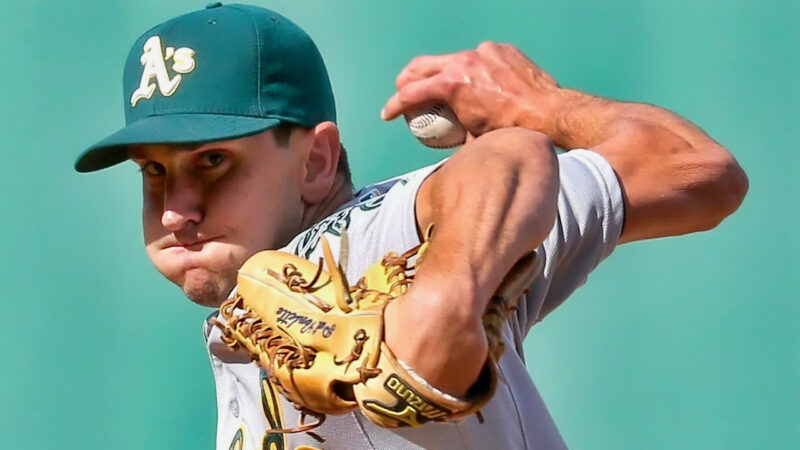
We’ve seen the NFL and NHL make so many rule changes throughout the 21st century, but the same can’t be said for the NBA and MLB. America’s pastime, especially, has kept the bulk of its rulebook intact for decades. The main rules, of course, have been around for well over a century.
Interestingly, some of the major rule changes throughout the history of baseball were inspired by one player or manager. Sometimes they found a loophole in the system and exploited it time and time again, before the league said enough is enough…And other times these rules were implemented for player safety.
So let’s dive into the history of MLB rule changes that were inspired by a player or manager.
15. Eddie Gaedel: Stricter Contract Rules
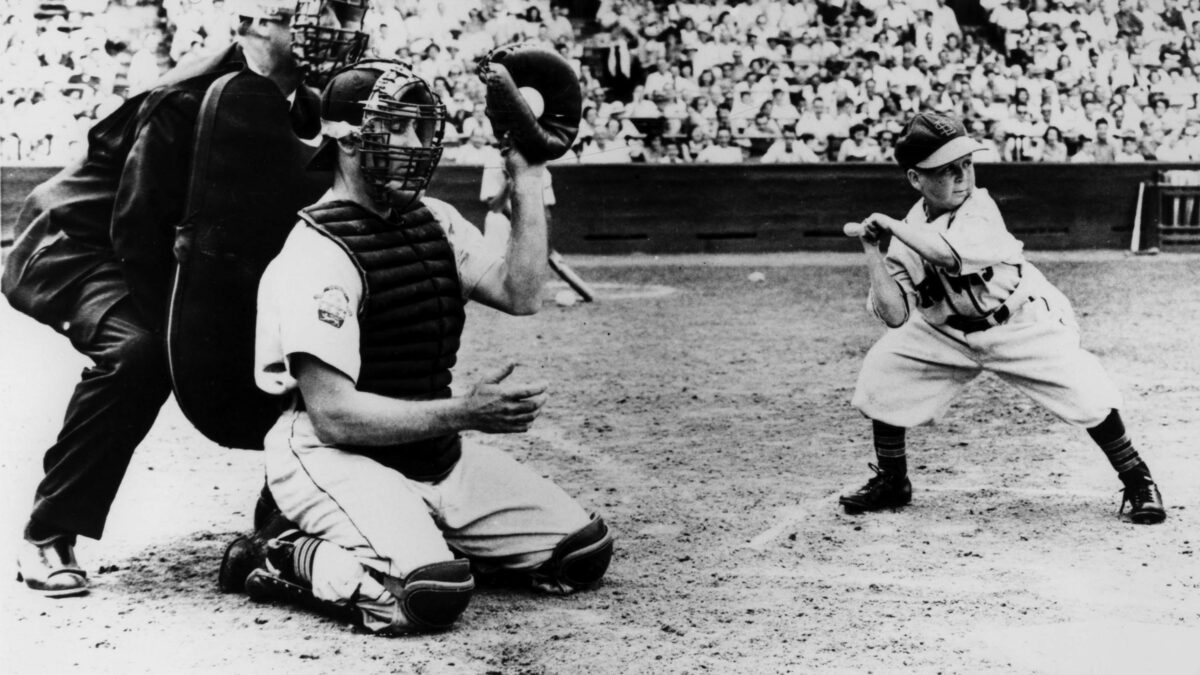
St. Louis Browns owner Bill Veeck was known for his love of cheesy gimmicks and unique publicity stunts. During the 1951 season, he signed Eddie Gaedel — who was listed at 3-foot-7. Veeck and the Browns had fun with the gimmick; giving Gaedel the uniform number of ⅛. Seriously.
On Aug. 19, 1951, the Browns played the Detroit Tigers in a doubleheader. Gaedel went up to bat in the second game…and he predictably walked on four pitches. You had to feel sorry for the Tigers pitcher.
The fans rose to their feet and applauded Gaedel for getting on base in his first and ONLY MLB at-bat. Unfortunately, American League president Will Harridge wouldn’t have any of it. Harridge voided Gaedel’s contract.
Click on ‘Follow Us’ and get notified of the most viral MLB stories via Google! Follow Us
Afterwards, MLB began to take a closer look at new player contracts and slowly enforced stricter rules, in order to ensure guys like Veeck didn’t pull off stunts like this again. Gaedel became a sensation across the country and made numerous appearances on television and radio. Sadly, he passed away at age 36 due to injuries and a heart attack from a brutal beating.
14. George Smith: No More Base Coach Interference

Times were different in the 19th century for Major League Baseball. Back in those days, base coaches were permitted to distract defensive players in order to help their own players reach the next base.
During an 1890 game, Brooklyn third base coach George Smith thought of the perfect diversion: He actually ran home himself in order to fluster the opposition. The catcher tagged Smith out, but the coach succeeded in helping his runner reach home plate safely.
However, the catcher argued with the umpire who deemed Smith’s act unfair, and the runner was called out. According to Cut 4 of MLB.com, this eventually forced the league to ban base coaches interference. It wasn’t fully prohibited until 1904.
13. Earl Weaver: The Designated Hitter Rule
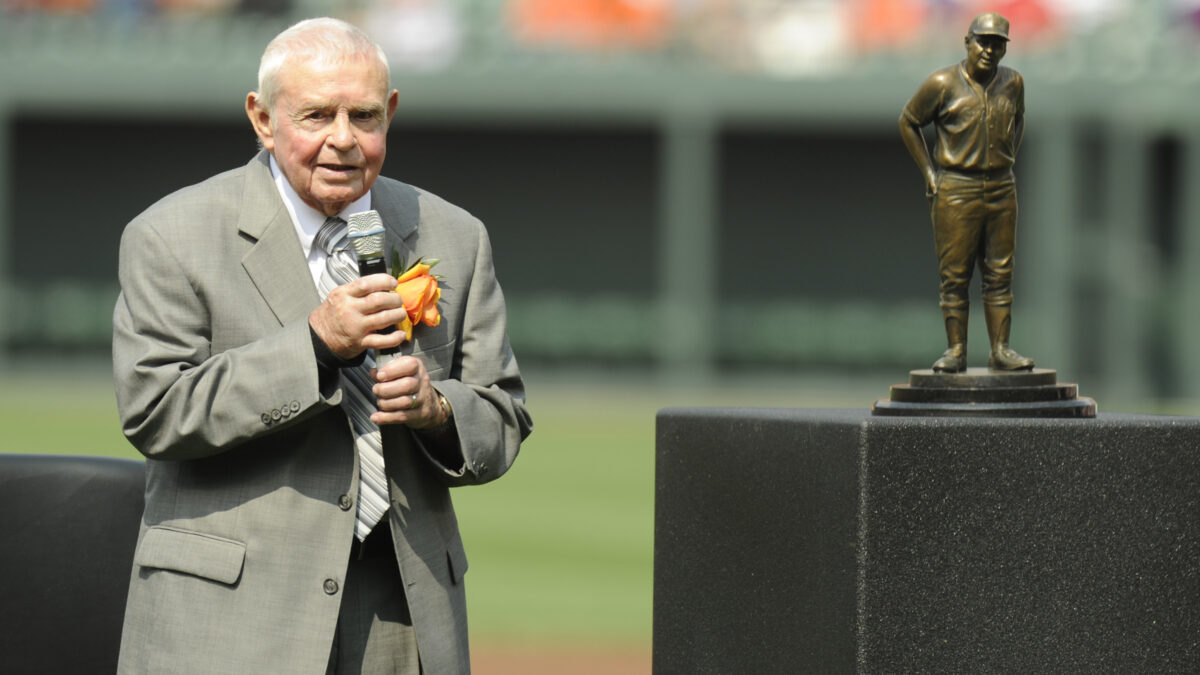
Rule 5.11(a)(2) exists thanks to legendary Baltimore Orioles manager Earl Weaver.
The DH rule was first introduced in the American League in 1973. At first, the rule outlined that the DH had to be chosen before the first pitch, and it was to be written down on the lineup card that would be given to the umpire.
However, Weaver found a clever way to exploit the rule. He would insert a pitcher into the DH slot; it would be a pitcher that he didn’t plan to use on that specific day. This would allow Weaver to choose any reserve player he wanted to come in and take over as the DH for the pitcher instead.
After the 1980 season, MLB put an end to Weaver’s genius move, and they introduced the new rule which outlines that the DH “named in the starting lineup must come to bat at least one time, unless the opposing club changes pitchers.”
It was fun while it lasted for Mr. Weaver!
12. Lenny Randle: No Blowing Baseballs Into Foul Territory

Many of us had that one baseball coach who always encouraged dirty tactics in order to win; which included knocking a fair ball into foul territory; hoping to influence the umpire into making the wrong decision.
Well, thanks to former Seattle Mariners third baseman Lenny Randle, MLB players can’t get away with such antics anymore. During a 1981 home game between the Mariners and Kansas City Royals.
Amos Otis of the Royals hit a slow grounder towards third base. Randle got down and blew the ball past the line and into foul territory. The Royals argued with the home plate umpire, who then reversed the call and deemed Randle’s move illegal.
That forced MLB to insert a new rule, which outlines that players cannot “alter the path” of the baseball.
11. Ray Chapman: Umpires Must Replace Dirty Baseballs
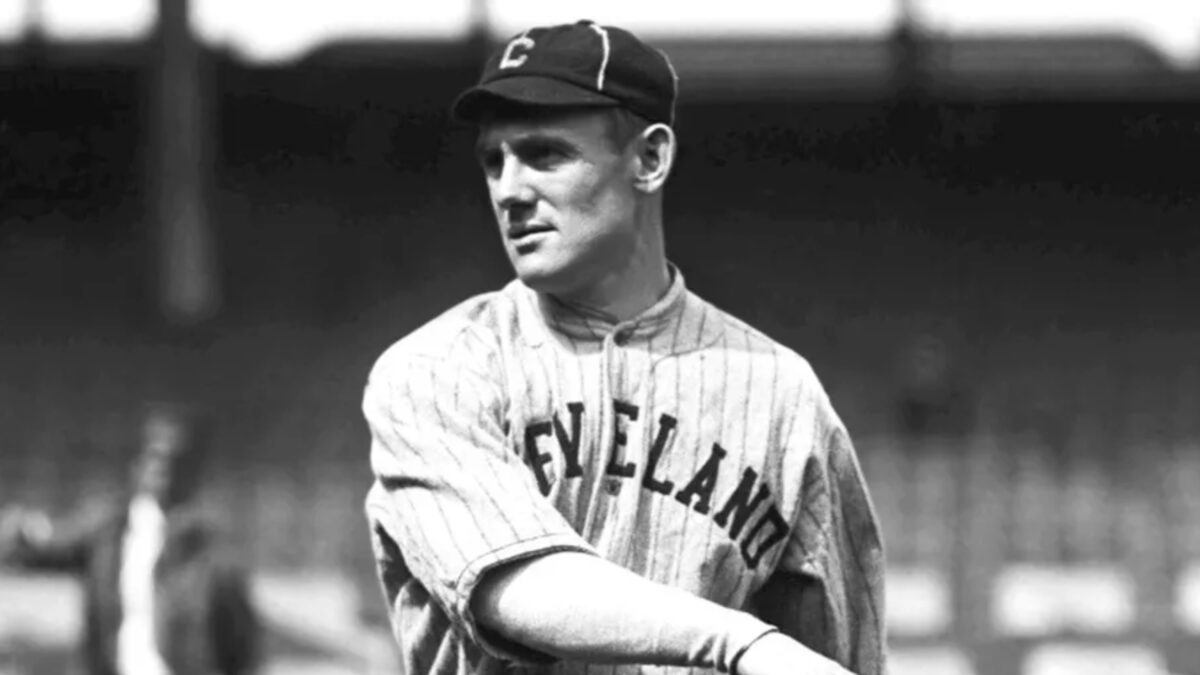
Ray Chapman spent his entire nine-year career with the Cleveland Indians, where he played from 1912 to 1920. Chapman, a versatile infielder, had a career 278 batting average — and he posted a superb 29.1 Wins-Above-Replacement for his career.
But Chapman’s life came to a tragic end following a freak injury during an Aug. 16, 1920 game against the New York Yankees.
Chapman came up to bat against Yankees pitcher Carl Mays. The latter threw a high fastball that hit Chapman right in the head, fracturing his skull. Chapman died from his injuries a day later.
Chapman’s tragic death forced MLB to implement a new rule where umpires were required to replace dirty baseballs with fresh and clean ones. This incident was also a key factor in MLB eventually banning the spitball pitch.
10. Eddie Stanky: No Distracting The Batters Allowed
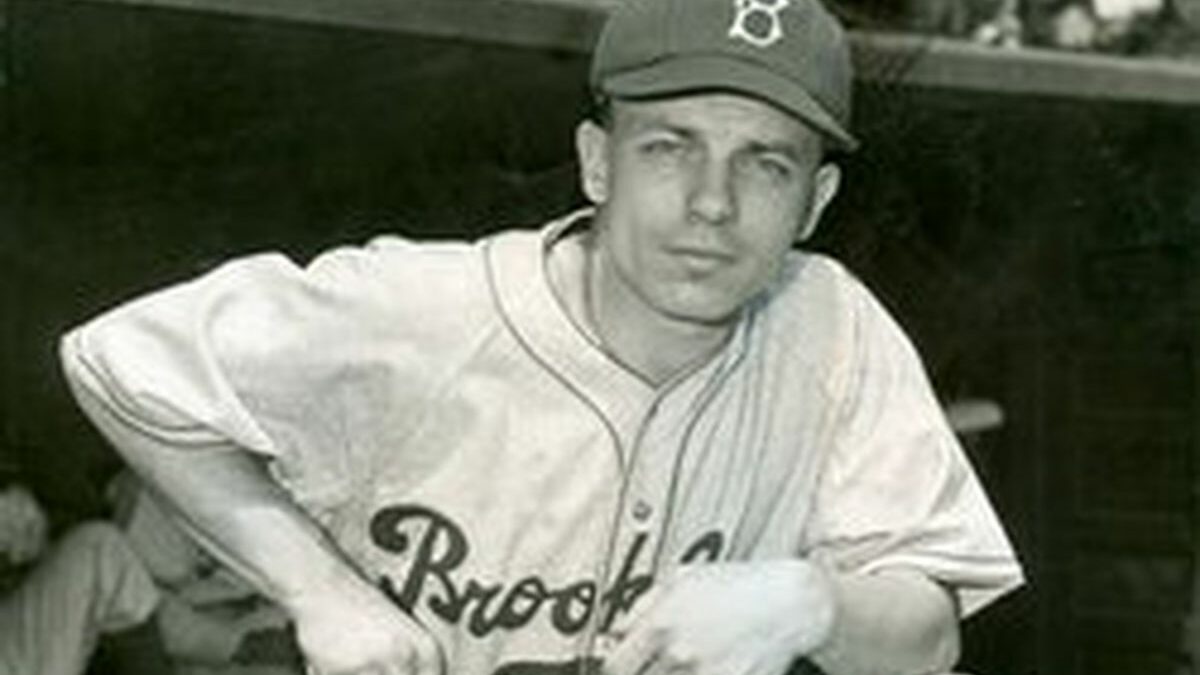
Eddie Stanky was a three-time MLB All-Star in a career that spanned a decade. After his playing career, Stanky went on to manage the St. Louis Cardinals, Chicago White Sox and the Texas Rangers.
But Stanky is probably best known for his bratty on-field distractions that caused a rule change. Philadelphia Phillies catcher Andy Seminick came up to bat during a 1950 game against Stanky’s Giants.
Stanky then began jumping up and down, making numerous movements in order to distract Seminick while he was hitting. The latter complained to the umpire, but they couldn’t find anything in the rule book that deemed Stanky’s actions illegal.
And so, MLB took action and introduced rule 6.04 (C ), which outlines that fielders can’t “take a position in the batter’s line of vision, and with deliberate unsportsmanlike intent, act in a manner to distract the batter.”
The rules state that if a fielder commits such an action, they are subject to being ejected.
9. Pat Venditte: Ambidextrous Pitching Prohibited
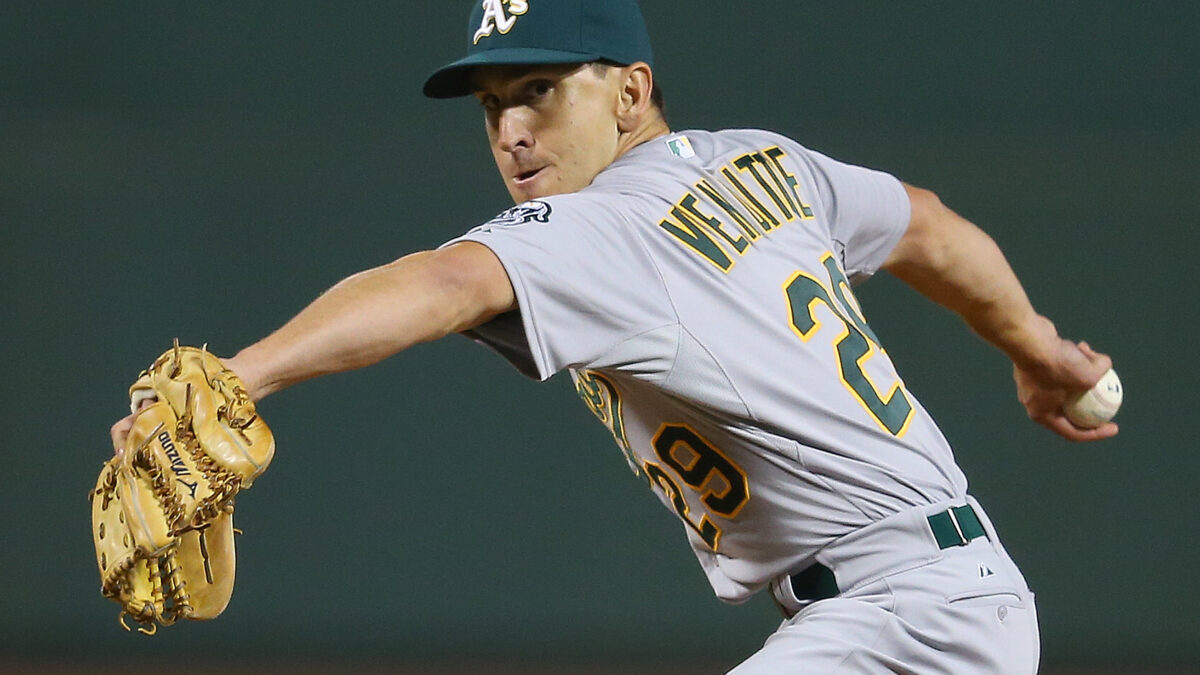
Only a tiny percent of the world’s population is ambidextrous, so obviously, not many pitchers in the history of the majors have had such an advantage of being able to throw with both their arms.
Veteran MLB relief pitcher Pat Venditte is one of the rare ambidextrous players, however. After he was drafted by the New York Yankees in 2008, Venditte inspired the Professional Baseball Umpire Corporation to introduce a new rule for the majors…
And so, the new rule — often called “The Pat Venditte rule” — outlines the following:
“The pitcher must visually indicate to the umpire, batter and runner(s) which way he will begin pitching to the batter. Engaging the rubber with the glove on a particular hand is considered a definitive commitment to which arm he will throw with. The batter will then choose which side of the plate he will bat from.”
This rule change came into play after Venditte used his ambidextrous abilities in his first game with the Staten Island Yankees.
8. Herman “Germany” Schaefer: Running Bases In Reverse Prohibited

“Germany” Schaefer began his MLB career with the Chicago Cubs in 1901, and he played professionally until 1918 — his last season being with the Cleveland Indians.
Schaefer is best known, however, for doing something so out-of-the-ordinary that it forced baseball to change up their rule book.
When teams have runners on the corners, they often try the “double steal”, hoping to draw a throw from home to second, thus allowing the runner from third to steal home.
Schaefer tried executing in a 1911 game between his Washington Senators and the Chicago White Sox. Schaefer stole second, but the runner from third held. And so, Schaefer wanted to give it another go…so he actually RAN back to first base; hoping to fool the White Sox with another double steal attempt later on.
The White Sox protested to the umpires, and at any rate, they wound up throwing out the runner at home, ruining Schaefer’s golden plan altogether. Nine years after Schaefer’s tricky move, MLB introduced Rule 5.09(b)(10), which outlines that after a player has reached a base, he is not allowed to run in reverse order in an attempt to confuse the defense.
7. Jimmy Cooney: If You’re Out, No Interference!
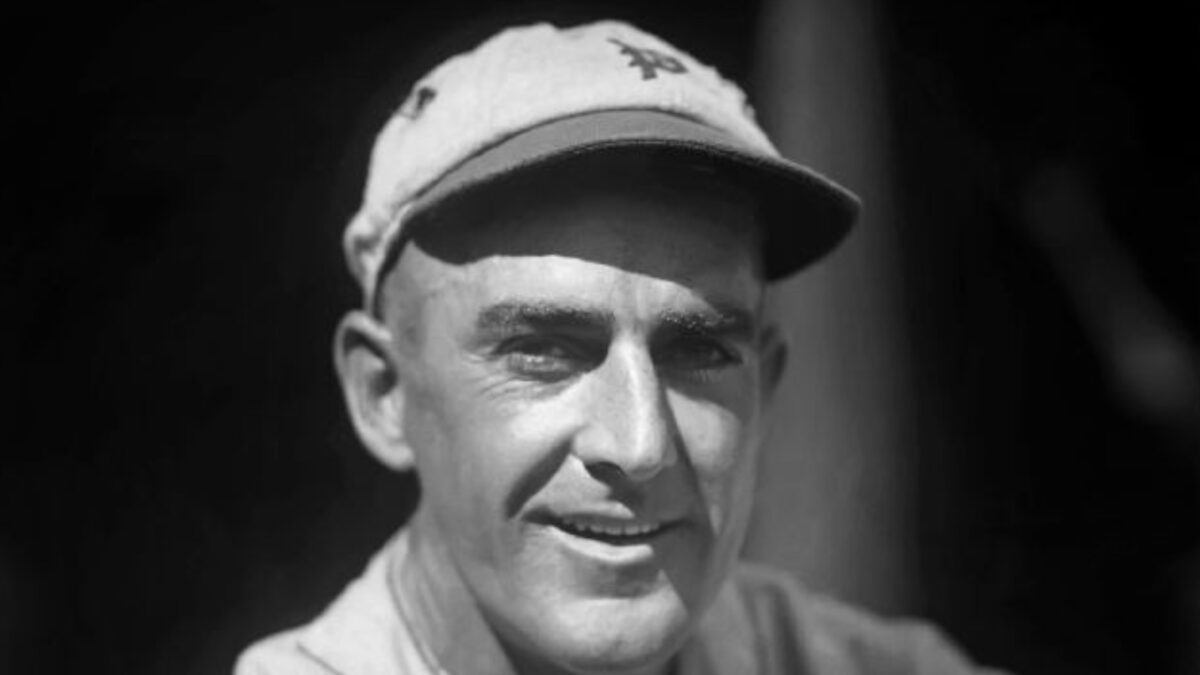
Jimmy “Scoops” Cooney changed baseball forever during a 1926 game between his Chicago Cubs and the Brooklyn Dodgers.
In this game, the Cubs had the bases loaded in the top of the sixth. Cooney’s teammate, Joe Kelly, hit a ground ball to first; the Dodgers tried turning a double play and got Cooney out at second — but the return throw to first base was errant. And that one bad throw led to a change in the rule book.
Kelly kept on running, and he managed to make it to third base. How? Because even though he was out, Cooney managed to create a distraction. He ran towards home…only to retreat to his dugout. The Dodgers’ catcher, Mickey O’Neil, followed Cooney to the dugout…which helped Kelly reach third.
The Dodgers complained to the umps, but nothing in the rule book said Cooney’s distraction was illegal. After this incident, MLB added a new rule that says once a runner is out, “he shall not by that act alone be considered as confusing, hindering or impeding the fielders.”
6. Ross Barnes: Ending the perfect bunts
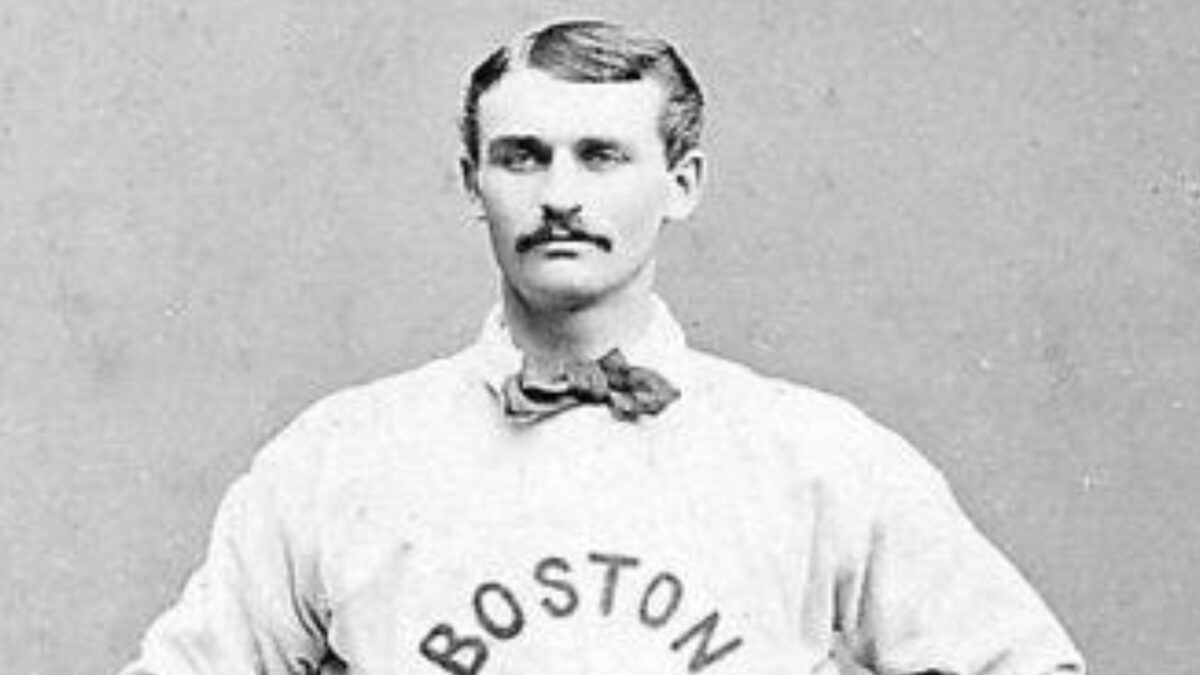
The Red Stockings legend is considered by some to be the greatest baseball hitter of all-time. Barnes’ pro baseball career began way back in 1871 with the Boston Red Stockings, and he played until 1881.
The three-time batting champion posted ridiculous numbers in just about every category: Hits, runs scored, on-base percentage, you name it. That’s largely because Barnes mastered the art of bunting; he often placed down the perfect bunt with a full swing of the bat. He was supremely skilled at this. Plain and simple.
In order to prevent Barnes from continually placing down bunts for singles, baseball moved home plate and the batter’s box back into foul territory, thus foiling Barnes’ plans. And in 1877, the new rule stated that “the ball had to remain in fair territory past first or third base to be ruled a fair ball.”
And with that, no pro baseball player was to make a career out of perfect bunt singles again.
5. Chase Utley: New Slide Rule

As dangerous as it was, MLB players were always allowed to slide into the defender in order to try and break up a double play possibility. But one incident involving Chase Utley in the 2015 NLDS forced MLB to change the rule entirely.
During Game 2 of the LA Dodgers and New York Mets’ NLDS contest, Utley slid dangerously into Ruben Tejada (TEH-HAW-DUH). The latter suffered a broken fibula, and Utley’s dirty slide led to plenty of public backlash — as well as outcry from the public to change the rules.
So before the ensuing 2016 season, the MLB and MLBPA agreed to a new slide rule that would better protect the defenders. The new rule states:
“Slides on potential double plays will require runners to make a bona fide attempt to reach and remain on the base. Runners may still initiate contact with the fielder as a consequence of an otherwise permissible slide. A runner will be specifically prohibited from changing his pathway to the base or utilizing a “roll block” for the purpose of initiating contact with the fielder.”
4. Ed Walsh: Banning the Spitball
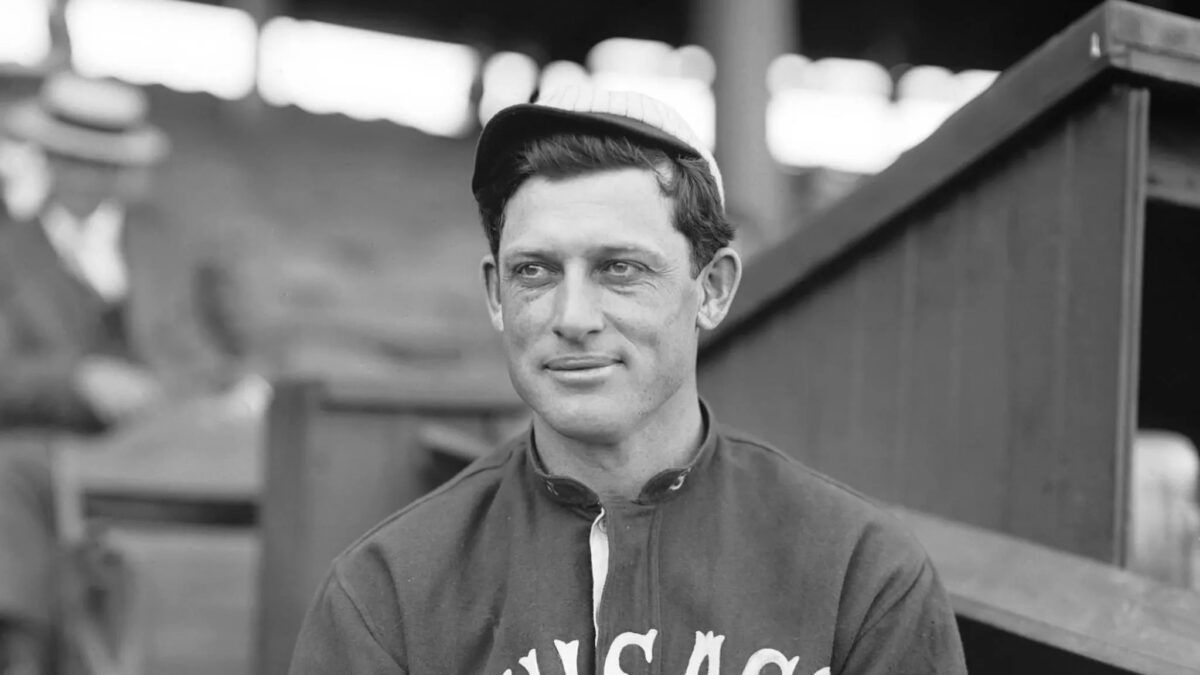
Ed Walsh is one of the most dominant pitchers in the history of baseball. The man won 40 games in the 1908 season. Yes, 40. You heard that correctly.
The Baseball Hall of Famer also led the White Sox to a 1906 World Series championship over the Chicago Cubs, and his career 1.82 E.R.A. remains an MLB record.
One reason Walsh dominated so much? He threw the now-illegal spitball. In those days, the spitball consisted of players putting a substance like saliva or petroleum jelly on the ball. Other pitchers began taking after Walsh; and they too started to perfect the spitball.
But during the 1900s and 1910s, baseball was stuck in the “dead-ball” era, which saw very little offense generated. It was a pitcher and defense-dominated league. In order to boost more offense, MLB decided to ban the spitball in 1921.
Walsh himself wasn’t the sole reason for the rule change; but he revolutionized the spitball — and it became so popular for pitchers that baseball simply had to scrap it. They simply wanted more runs.
3. Roy Thomas: Foul Balls Become Strikes
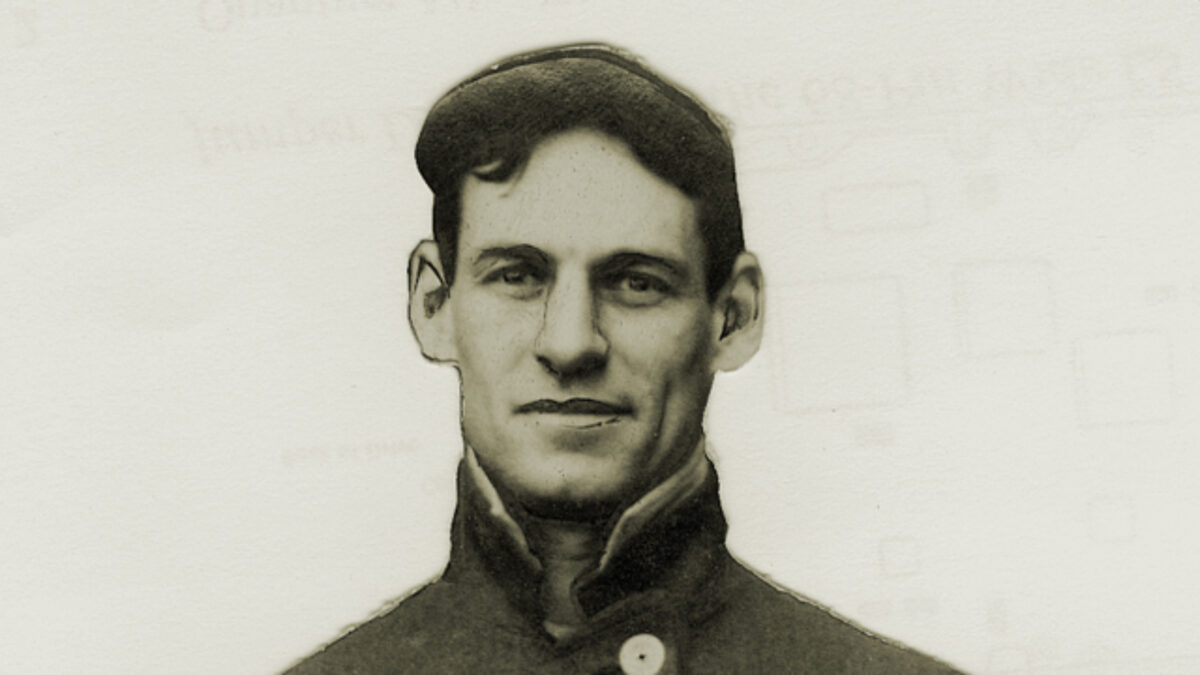
Roy Thomas began his MLB career for the Philadelphia Phillies in 1899, and his final season was in 1911. It wasn’t the longest baseball career by any means, but Thomas’ impact on the game is still felt over a century later.
That’s because he was responsible for a new rule that forever changed the game of baseball.
Thomas was a remarkable contact hitter; he was practically impossible to strike out…because he was a master at fouling off pitches. Some of Thomas’ at-bats lasted forever, because he just kept fouling off pitches until eventually drawing walks.
Pitchers grew tired of it, and obviously it slowed down the pace of play. So in 1901, the National League introduced a new rule where foul balls began to count as strikes. Of course, a foul ball only counts as strike 3 if it’s on a bunting play. The American League adopted the rule in 1903 as well.
It’s no wonder Thomas batted above 300 five times. The man just knew how to keep on fighting until the pitchers gave in. Too bad he was so dominant to the point that MLB had to insert a rule to take away some of his greatness.
2. Buster Posey Rule: Banning Home Plate Collisions
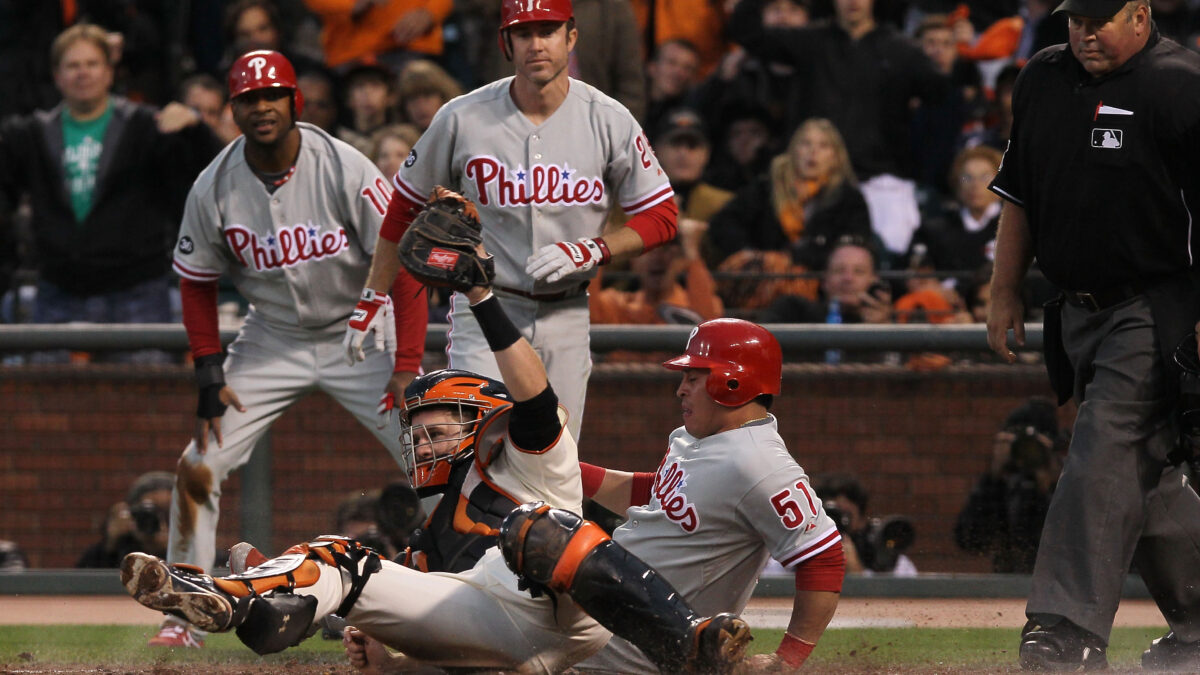
Buster Posey never got the chance to help the San Francisco Giants defend their 2010 World Series Championship.
That’s because in a 2011 game against the Florida Marlins, Posey suffered a fractured fibula and torn ligaments after he was run into by Scott Cousins at home plate. Posey’s season was over, and MLB decided it was time to scrap the home plate collisions altogether.
So in 2014, rule 7.13 — known as the Buster Posey rule — was introduced. The main details of the rule state the following:
Runner attempting to score may not deviate from his direct pathway to the plate in order to initiate contact with the catcher (or other player covering home plate), or otherwise initiate an avoidable collision.
The failure by the runner to make an effort to touch the plate, the runner’s lowering of the shoulder, or the runner’s pushing through with his hands, elbows or arms, would support a determination that the runner deviated from the pathway in order to initiate contact with the catcher in violation of Rule 6.01(i) (Rule 7.13), or otherwise initiated a collision that could have been avoided.
If it weren’t for the ugly Cousins-Posey incident, maybe MLB wouldn’t have cracked down on this in short time. But at the end of the day, you can’t blame baseball for simply trying to look out for player safety.
Bob Gibson: Lowering the pitcher’s mound
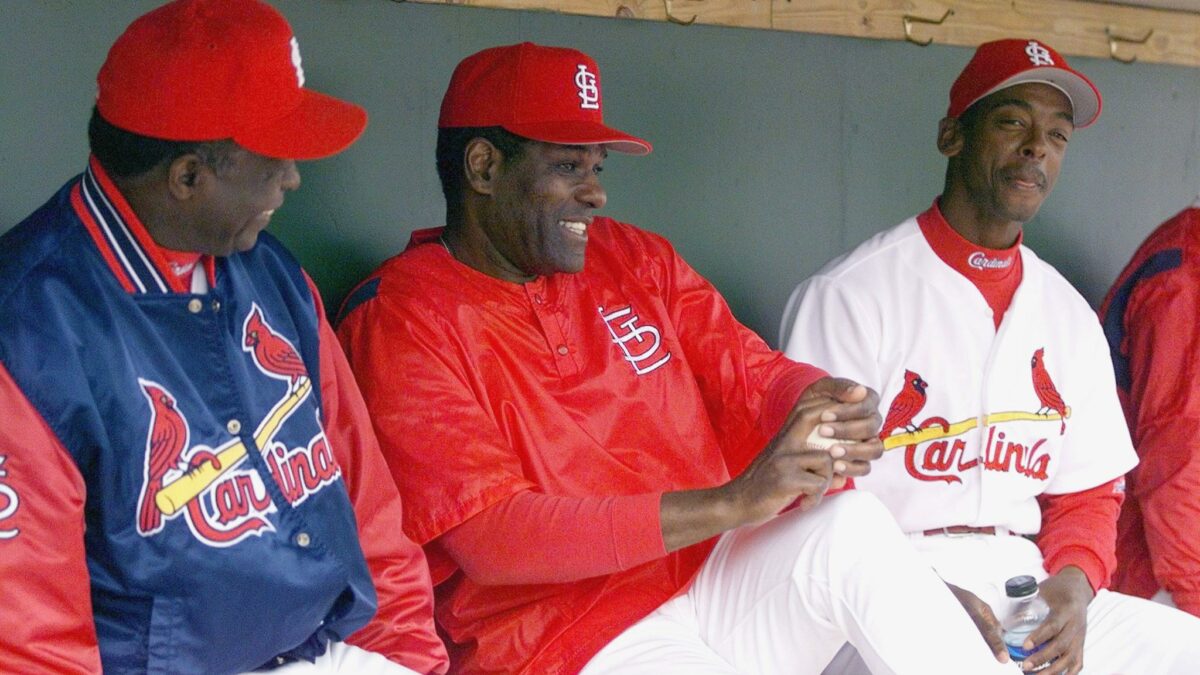
Hall of Fame pitcher Bob Gibson spent his entire career with the St. Louis Cardinals, earning nine All-Star selections and leading the club to a pair of World Series championships.
Many best remember Gibson, however, for inspiring a giant rule change. In 1968, Gibson posted a filthy 1.12 E.R.A. and won 22 games.
Gibson was so dominant, as were many other pitchers that year, that baseball decided to make some changes to help the batters. The height of the pitcher’s mound was lowered from 15 inches to 10 inches. The strike zone over the plate was previously from the top of the shoulder to the knees; the league changed the strike zone from the armpit to the top of the knee.
That’s what you get for being so dominant, Big Bob.
Did we miss any MLB rules changes that were inspired by player or coaches?


